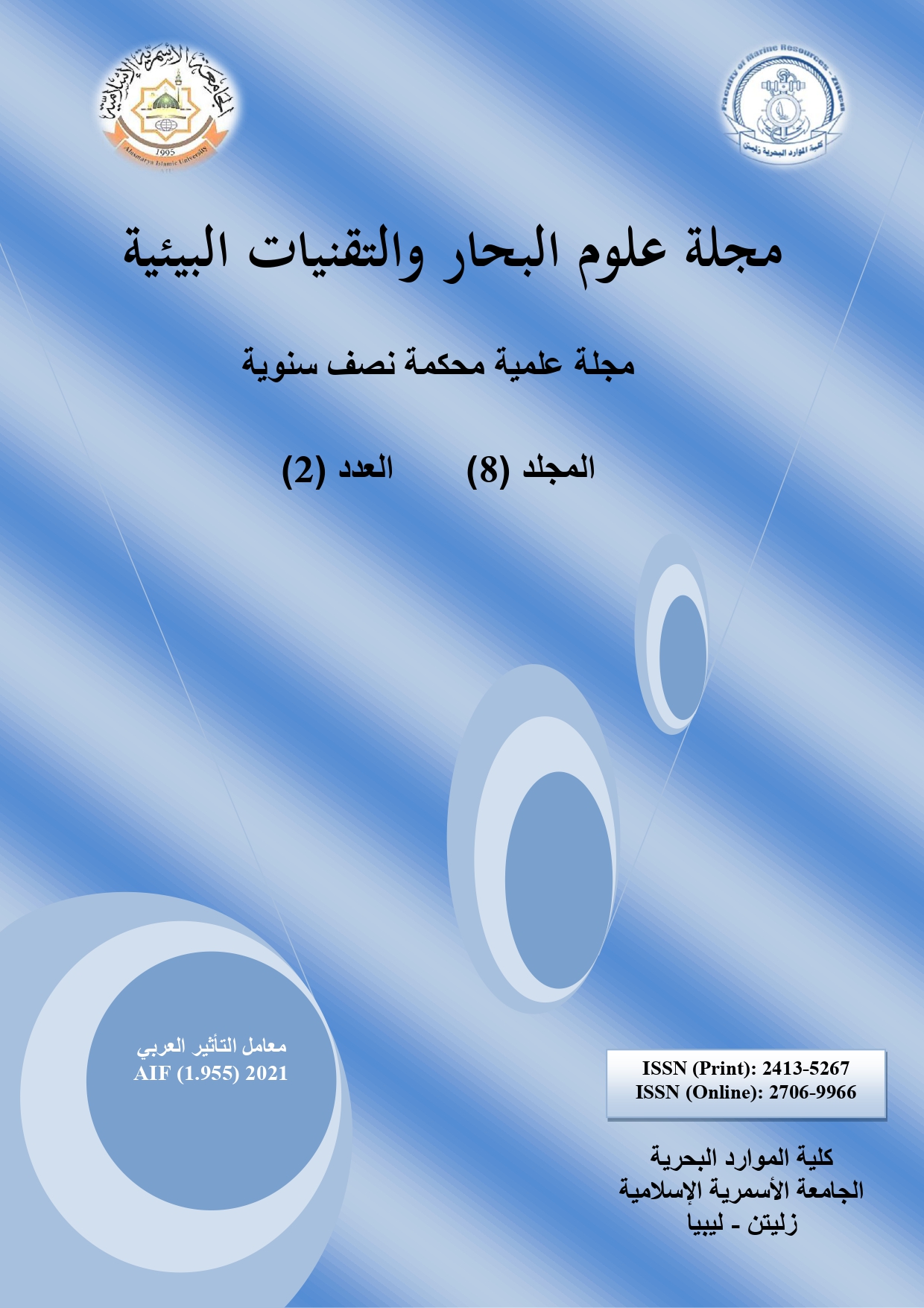محاكاة العناصر المحدودة كأداة لتخطيط وتحسين عملية التشكيل بالوسادة المطاطية
DOI:
https://doi.org/10.59743/jmset.v8i2.65الكلمات المفتاحية:
محاكاة العناصر المحدودة، التحسين، تشكيل الوسادة المطاطية، تشكيل الصفائحالملخص
يحتاج تصنيع المكونات المعدنية المشكلة بالضغط بالطرق التقليدية إلى عملية تجربة وخطأ المرهقة من أجل إعداد التكنولوجيا التشكيل، حيث يعتمد النجاح، إلى حد كبير، على مهارة المشغل وخبرته. تساعد محاكاة العناصر المحدودة (FE) لعمليات تشكيل الصفائح المعدنية مهندس التصنيع في تصميم عملية التشكيل عن طريق تحويل تجارب الضغط المكلفة إلى بيئة التصميم بمساعدة الكمبيوتر. الغرض من تطبيق المحاكاة العددية لعملية التصنيع مثل تشكيل الوسادة المطاطية هو تجنب إجراء التجربة والخطأ وتقصير مراحل التطوير عند ضيق أوقات الطلب في السوق. الهدف الرئيسي من الدراسة الحالية هو تطوير نموذج رقمي يمكنه محاكاة عملية تشكيل بالوسادة المطاطية بنجاح. تم استخدام طريقة العناصر المحدودة لتنبؤ بسلوك المعدن (الصفيحة) والوسادة المطاطية أثناء العملية. ركزت الدراسة على محاكاة واستقصاء العوامل المهمة (مثل: القوة، التشكيل، وتوزيع الإجهادات والانفعالات على المعدن) المرتبطة بعملية تشكيل الوسادة المطاطية، وكذلك إمكانية هذه العملية فيما يتعلق بتصنيع أضلاع (عروق)جناح الطائرة والسفن. كنتيجة لذلك، تم تحديد توزيع الإجهاد والانفعال في المعدن بالإضافة إلى قوة التشكيل. وبينت التحاليل التجريبية للضلع (عرق) بالفتحة وجود علاقة وثيقة بين محاكاة FE والنتائج التجريبية.
المراجع
ASM (2006). ASM Handbook Vol.14B, Metal Working: Sheet Forming. ASM International, pp. 375-385.
Benisa M., Babic B., Grbovic A., and Stefanovic Z. (2014). Numerical Simulation as a Tool for Optimizing Tool Geometry for Rubber Pad Forming Process. FME Transactions, 42: 67-73.
Benisa M., Babic B., Grbovic A., Stefanovic Z. (2012). Computer-aided modelling of the rubber-pad forming process. Materials and Technology, 46(5): 503–510.
Dirikolu M.H. and Akdemir E. (2004). Computer aided modelling of flexible forming process. Journal of Materials Processing Technology, 148(3): 376-381.
Fu M.W., Li H., Lu J., & Lu S.Q. (2009). Numerical study on the deformation behaviors of the flexible die forming by using viscoplastic pressure-carrying medium. Computational Materials Science, 46(4): 1058-1068.
Liu Y. and Hua L. (2010). Fabrication of metallic bipolar plate for proton exchange membrane fuel cells by rubber pad forming. Journal of Power Sources, 195(11): 3529-3535.
Liu Y., Hua L., Lan J., & Wei X. (2010). Studies of the deformation styles of the rubber-pad forming process used for manufacturing metallic bipolar plates. Journal of Power Sources, 195(24): 8177-8184.
Sala G. (2001). A numerical and experimental approach to optimize sheet stamping technologies: Part II - aluminum alloys rubber-forming. Material and Design, 22: 299–315.
Takuda H. and Hatta N. (1998). Numerical analysis of the formability of an aluminum 2024 alloy sheet and its laminates with steel sheets. Metallurgical and Materials Transactions A, 29: 2829-2834.
Thiruvarudchelvan S. (1993). Elastomers in metal forming: a review. Journal of Materials Processing Technology, 39(1-2): 55-82.
التنزيلات
منشور
إصدار
القسم
الرخصة
الحقوق الفكرية (c) 2022 مجلة علوم البحار والتقنيات البيئية

هذا العمل مرخص بموجب Creative Commons Attribution 4.0 International License.









